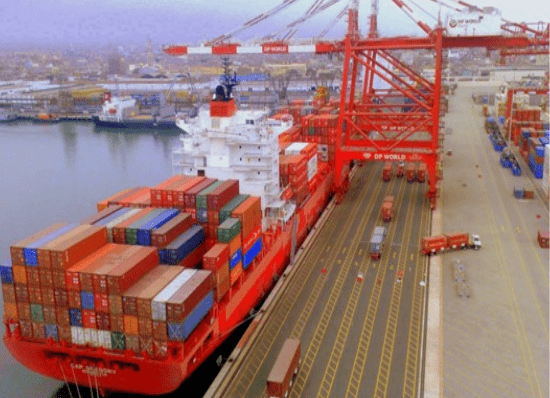Panama’s tariffs and trade facilitation are part of a policy that seeks to enhance the country’s logistical advantages, according to a World Trade Organization (WTO) report.
After a one-year hiatus, the current account balance returned to deficit in 2021, driven by a sharp increase in the primary income deficit (due to higher repatriated foreign investment income).
According to French credit insurer Coface, this offset the increase in the services surplus, due to higher demand for transport services (canal).
The trade balance deficit also narrowed somewhat, due to the strong increase in non-agricultural exports (increase in domestic copper production) and re-exports (11% of GDP).
Both prevailed over the increase in imports linked to the resumption of economic activity and the increase in international oil prices.
Panama’s tariffs
Panama grants Most Favored Nation (MFN) treatment to all of its trading partners.
It has also bound all its tariff lines, which confers greater predictability to its trade regime.
Since 2013, through Law No. 26 of April 17, 2013, the Government of the Republic of Panama, implemented a structural reform to its National Import Tariff, in order to progressively integrate its economy with the rest of Central America and ensure the expansion of its market, promote investment and the production and exchange of goods and services, raise the living and employment standards of its population and, in general, boost the development and economic unity of the Central American region.
A WTO analysis indicates that the Republic of Panama’s import tariff, in 2021, contains 9,374 tariff items at the 10-digit level.
All import duties are ad valorem and the c.i.f. tax base is applied to tax imported goods.
The number of tariff lines has increased since the Republic of Panama’s last trade policy review, due to changes in the Harmonized Tariff Classification System.
Panama’s tariff average has undergone major changes during this period, the vast majority of tariff items are in the 0% range, representing 45.5% of the national import tariff.
While 9.8% of Panama’s tariffs (applied) maintain a customs import duty in the range of 1 to 5%, a coverage of 22.1% of the applied tariff items maintain a customs import duty in the range of 5 to 10 percent.
Trade facilitation
The National Customs Authority is developing the Customs Logistics Integration Project (PILA), which establishes the modernization of border processes and seeks to incorporate technology, infrastructure and equipment for fiscal and parafiscal control.
In line with this program, Panama and Costa Rica will work together to establish a single customs and immigration window to facilitate the entry of visitors to both countries, within the framework of the commitments established in the Central American Strategy for Trade Facilitation and Competitiveness with an Emphasis on Coordinated Border Management.
![]()

